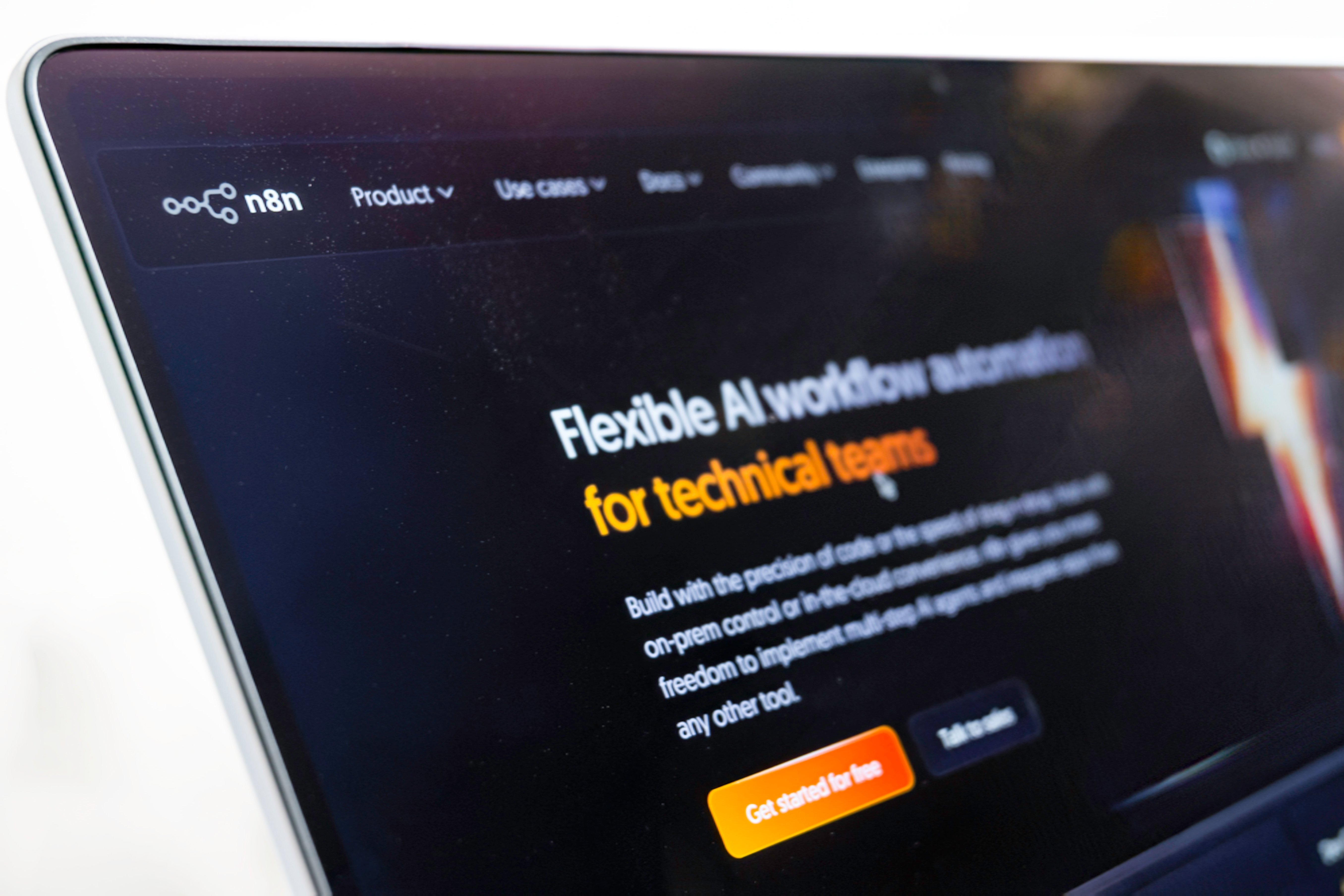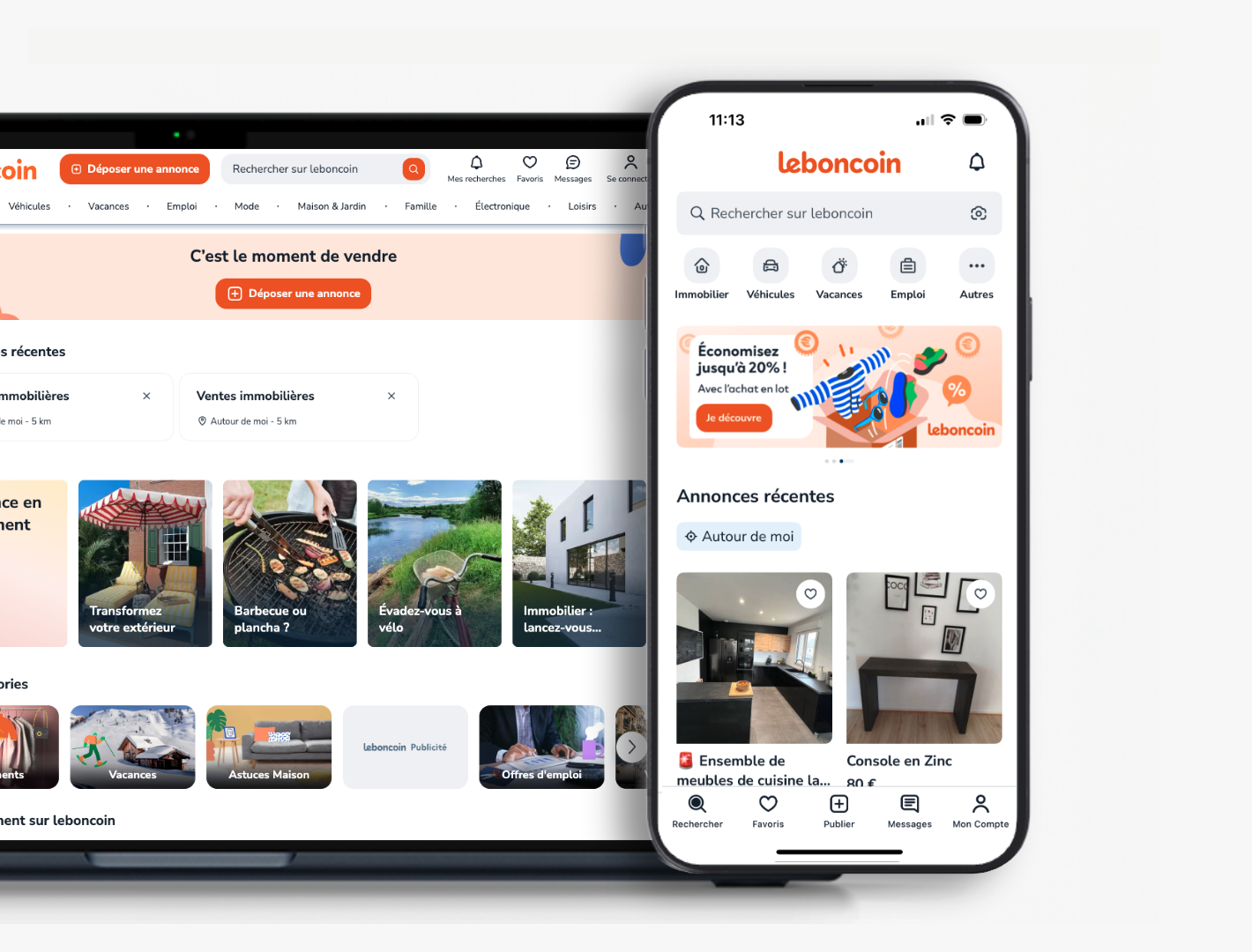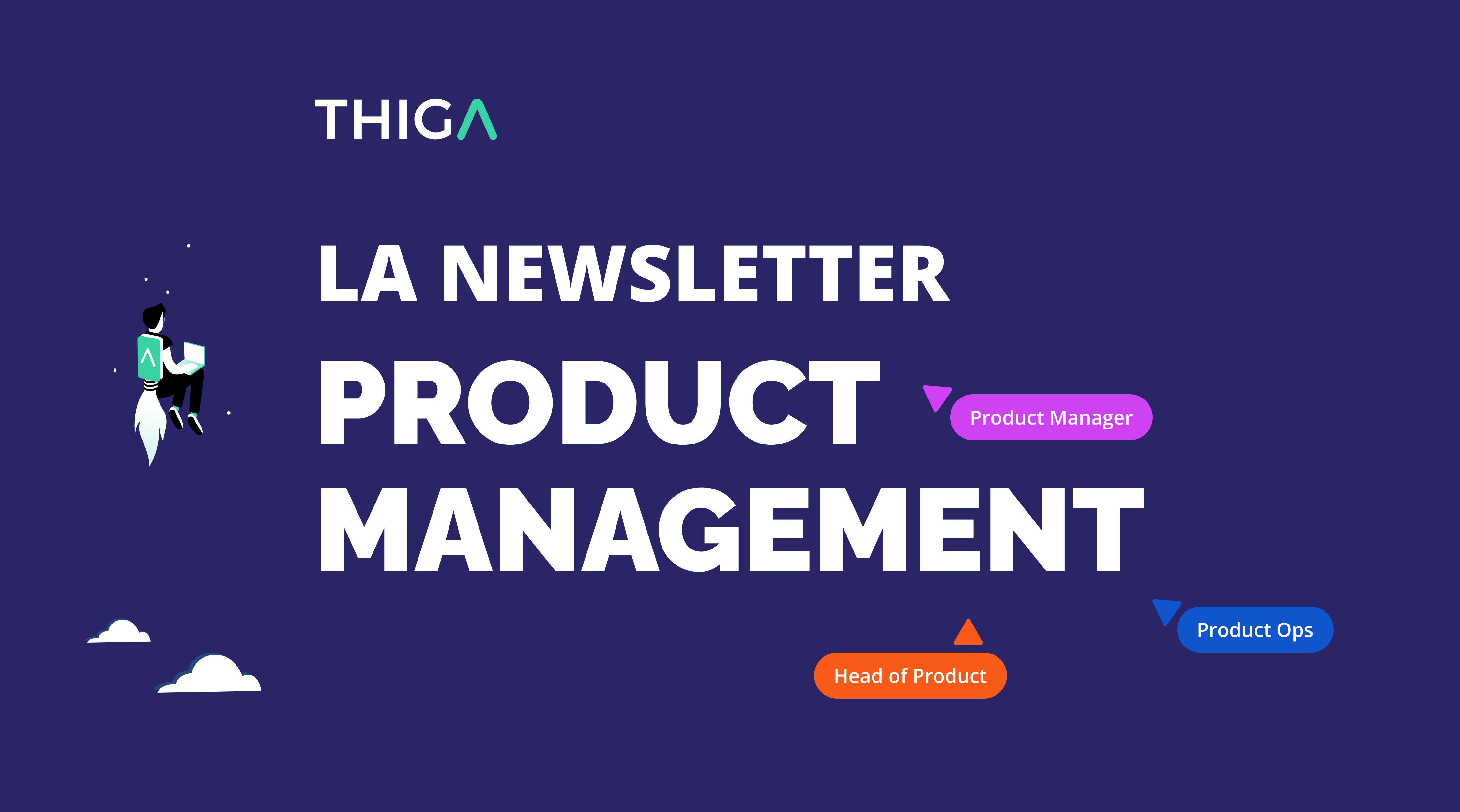AI isn’t coming. It’s here — and it’s changing everything. We’ve hit the tipping point: the moment when artificial intelligence stops being a futuristic promise and starts reshaping how we work, think, and live. But like every major technological revolution before it (steam, electricity, the internet) this one brings disruption as much as opportunity. In this article, Thiga Partner and Product Expert Kai Hansen argues that AI isn’t just tech hype - it’s the next steam engine, and PMs must rise to the moment.
If you work in Product or Tech - or just haven’t been living under a rock - you know it: AI is no longer “the next big thing.” It’s the thing. It’s here, and it’s already reshaping lives in meaningful ways. Let’s be clear. We’re not talking about sentient robots or general intelligence. But thanks to major technical breakthroughs over the last five years - think cloud computing, GPU architecture, neural networks, reinforcement learning - and the rise of powerful, accessible tools like PyTorch, Huggingface, LLMs and Latent Diffusion.
AI has reached its inflection point. Its “no turning back” moment. In 25 years, kids will wonder how we ever lived without it - the way they now wonder about a world without electricity or the internet. But with radical change always comes disruption. History tells us that clearly. The industrial revolution upended entire industries, birthed new social classes, and displaced millions of workers. Electricity untethered energy from place. Digitalization redefined music, journalism, and the very notion of creative work. So if you’re building in tech today, you should study the past. Because every major technological leap follows a pattern - and we’ve seen this before.
Tired of investing blindly in AI? Discover Thiga’s AI Product Canvas, with all the right questions to ask before kicking off your next AI project.
AI is the new steam engine
Take the steam engine. It didn’t arrive overnight. It took decades of iteration before reaching a tipping point in the early 1700s. Its breakthrough wasn’t novelty - it was scale. Suddenly, power didn’t need wind, water, or muscle. That shift unlocked machines, mass production, faster transport, and sprawling urban economies.
The upside was massive: productivity boomed, communication sped up, growth exploded. But so did the downside: job loss, upheaval, exploitation, and environmental harm. And it took generations to build the protections we now take for granted. So what does this have to do with AI? Everything.
Just like the steam engine replaced kinetic energy, AI is now replacing cognitive effort. And just like then, the shift is structural, irreversible... And political. Where 18th-century industrialists decided how to use steam, today’s Product Managers decide how we apply AI. That’s a responsibility we can’t ignore. AI isn’t just another feature. It’s a whole new mode of value creation - faster, cheaper, and at scale. But with it comes complexity, risk, and real-world impact. The danger isn’t in the tool itself, but in how we choose to use it.
AI won’t just change products. It will reshape people, systems, and power.
And that’s where PMs come in. Positioned between tech, business, and users, they define the problems, shape the questions, and decide what gets built. When you integrate AI, every one of those choices carries weight. What data are we feeding it? What goals are we optimizing for? Are we solving something meaningful - or just adding noise? This technology forces us to get back to product fundamentals. Intent matters. Not everything needs AI. And not everything that can be automated should be. The best product teams won’t just ship AI features: they’ll shape how this technology interacts with real lives.
The Product Managers's responsibilities
Because just like steam, AI won’t just change products. It will reshape people, systems, and power. And the PMs who understand that, and act with clarity and courage, will help steer that change in the right direction. Why is AI so transformational? Because it’s now doing what only humans could before - and doing it faster, better, and at scale. Generative AI can turn raw data into stories, images, code. In mobility, it processes vision and drives cars. In design, it generates prototypes. We’ve gone from burning food to power neurons to burning electricity to drive algorithms. And it turns out: the latter is dramatically more efficient.
We may not know what this era will be called in 10 or 50 years, but we know what it feels like -another step change. For Product Managers, the possibilities are staggering. AI can supercharge creative and intellectual work: writing, coding, design, scientific discovery. It can unlock better products, deeper insights, faster breakthroughs. Done well, this could mean better health, more free time, and higher incomes for many.
Skeptical? You should be. Just a few years ago, most AI was vaporware. Real results were rare. But that’s changing, fast. Studios that took weeks to model 3D assets now do it in days. Students skip hundreds of pages with the help of ChatGPT. Developers translate code in minutes. Artists explore new styles in seconds. AlphaFold cracked protein structures once thought impossible. AI agents learn games from instructions alone.
The hype cycle is giving way to real transformation. Some early productivity gains are being measured at 50%, the kind of leap that usually takes half a century. We’re only at the beginning. But as always, it’s not the tech alone that defines an era. It’s how we use it. Let’s use it well.
The lessons of history
So, all’s great, right? Let’s embrace the AI boom and make the world a better place. It’s a brave new world. Well… history begs to differ.
As with the steam engine and the 150 years of industrialization that followed, resistance rises alongside disruption. Artists protest against AI models trained on their work. Universities restrict language model use in exams. Governments raise concerns over copyright and privacy. Truck drivers worry, rightly, about a future of autonomous vehicles - much like manual laborers smashing machines in the 1800s to protect their livelihoods. Beyond economics, people are starting to question what it means to be human. SkyNET paranoia? Maybe. But the fear is real.
What’s the lesson? Product Managers must walk a fine line. AI might save developers hours of StackOverflow scrolling, but it also threatens the livelihoods of those who built it. Every innovation has a reaction. And the faster the change, the harder the backlash. This article doesn’t go into it, but AI also impacts how people learn, a shift that could reshape society in deep, lasting ways. You could argue this is temporary. After all, industrial workers eventually unionized. Labor laws improved. Standards of living rose. We’ll adapt again, right?
Yes. But transitions are painful. A BCG study suggests 300 million jobs could be at risk across the OECD. Reskilling takes time. Some people won’t succeed. Some won’t even try. Maybe your greatest opportunity as a PM isn’t to surf the hype wave, but to build for those at risk of being left behind.
If you’re building with AI, look back before you look forward
And let’s not forget the darker pattern. Every major shift creates winners and losers. The industrial revolution birthed a wealthy elite while uprooting millions. Sound familiar? Big Tech holds an AI advantage most companies can’t match. Public sector workers can’t afford city rent. When autonomous vehicles go mainstream, the largest labor group in the US will face mass disruption. We’re early in the cycle, but history shows us societal fractures are coming. Some never healed from the last time.
Social impact aside, there’s a more existential concern. AI needs energy - lots of it. GPT-5 reportedly trains on 25,000 GPUs. A laptop running Stable Diffusion pollutes more than a brush and oil paint. AI hardware requires lithium, copper, rare earths, and we still burn fossil fuels for electricity. The planet’s future is already on shaky ground. So again, what’s the history lesson?
If you’re building with AI, look back before you look forward. Understand the risks. Own the trade-offs. Don’t blindly buy into the hype. Think like a 21st-century industrialist. You are one. You’re shaping how the future is built. Silicon Valley (yes, you’ve seen it) hit a nerve: everyone says they want to make the world better, but most are building for the top 1%. The uncomfortable truth? Too few are putting their talent to work solving humanity’s biggest, hardest problems.
So yes. We’re standing at the edge of another tech revolution. But let’s resist the temptation to ignore history. Let’s use this new wave not just to move fast, but to move right. Maybe, just maybe, this time we can innovate without repeating the mistakes that still haunt us.
Ready to take your AI game to the next level? Learn how to build truly impactful features with a Product-first mindset in this article by Thiga.



.png)
